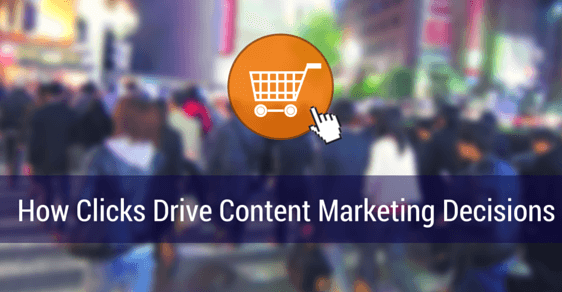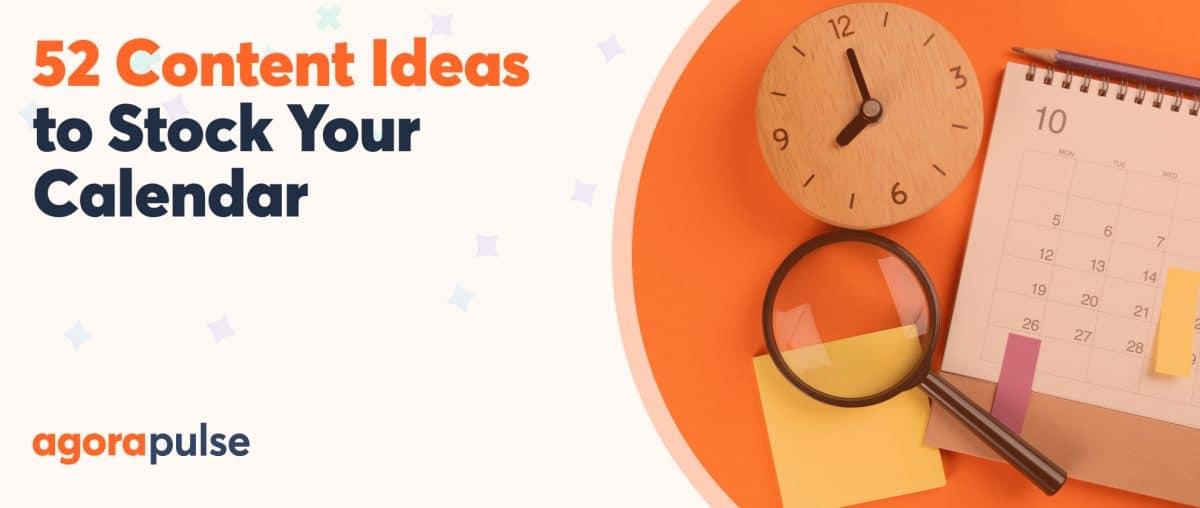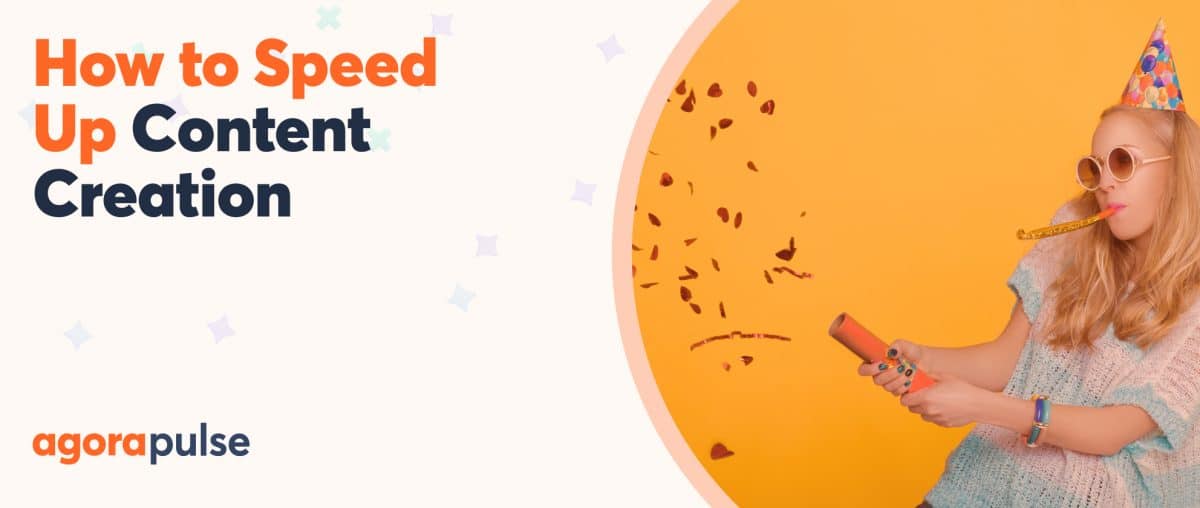If our ultimate business goal is to make more money, which content marketing decisions need to be made to reach that goal?
Your content ultimately needs to …
- Drive more traffic
- Increase time spent on our site’s pages
- Convert suspects to prospects with clicks
- Close leads and create customers
- Encourage customers to promote your business
Many of us use clicks as a Key Performance Indicator (KPI), or a way to measure success. But how valuable is a click?
The click is our first impression; the catalyst for sometimes converting a reader to a subscriber to a buyer.
So how do we make them count? And how much stock should we put into clicks?
Let’s look at how we should use clicks to help determine our content marketing decisions.
Clicks: The First Impression Of Content Marketing
Inbound marketing is the act of drawing prospects in, gaining awareness, and luring traffic to our website.
We bring visitors to our website, social pages, and other sites through content.
Inbound marketing giant HubSpot says there are four areas to inbound marketing:
- Attract
- Convert
- Close
- Delight
If we look at each of the four stages, they involve several places where you can earn clicks.
1. Attract
- Search engine clicks: Keyword(s) and keyword phrases that lead to your site or content.
- Social media clicks: Content that drives strangers to “like” (or comment or share), and that sends users to specific landing pages, your blog, or your website.
2. Convert
- Website clicks: Buttons, forms, or links that ask visitors to complete an action that converts them to a
- Blog clicks: Buttons or links that ask readers to subscribe or download desirable content in exchange for an email.
3. Close
- Newsletter or email campaign clicks: Buttons, links, or forms that ask subscribers to complete a sale.
- Nurture or drip campaign clicks: Buttons, links, or forms that ask subscribers of a highly-targeted segment to complete a sale.
- Sales copy clicks: Clicks on any forum that encourage a purchase.
4. Delight
- Customer-specific clicks: Customer-specific content.
- Upsell clicks: Add-ons or additions that improve upon a previous purchase.
- Survey clicks: Surveys that improve customer relations, customer experience, etc.
[Tweet “Is your content capturing clicks through the four stages of inbound marketing?”]
How Your Content Marketing Decisions Affect Clicks
When creating content for your website or micro-content for your social media sites, ask yourself the following questions:
- What is the goal of this content?
- Do I have a clear/strong call to action (CTA) that tells my reader how to complete my goal?
*Here are 20 examples of CTAs, and 20 more examples of CTAs - Is my click journey pleasant for the reader? (Take the Three Click Rule with a grain of salt)
- Should this content be long-form or short-form content?
- Am I using the right vocabulary/diction for my particular audience? (Remove all jargon!)
[Tweet “Ask yourself these 5 questions for a better click-through-rate on your content.”]
I wish I could tell you there’s an easy button to push when it comes to creating clickable copy. There isn’t.
The best advice is to TEST, TEST, TEST!
Look to other well-performing sites for ideas — but keep in mind that their audience is probably vastly different from yours, and you should adapt good ideas to fit your own needs or goals based on your own audience.
You can also invest in split-testing software such as Optimizely or LeadPages to help you understand which layouts, copy, and visuals get you the most conversions or clicks.
The bottom line?
Clicks do matter, and there’s always room for improvement when it comes to making your content clickable, meeting content goals, and using content marketing decisions to make more money.




